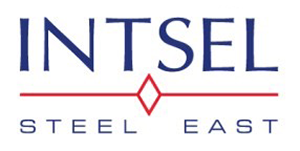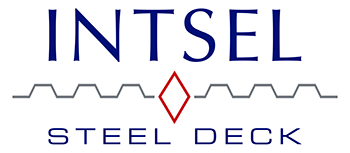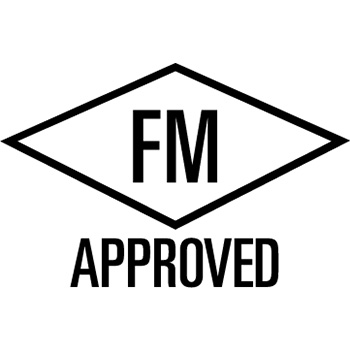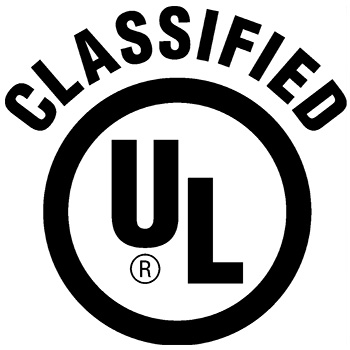Which Should You Choose? Mechanical Vs. Structural Tubing

When working on steel projects, it’s important to choose the right metal tubing. The world of metal tubing is vast. In the end, it can get confusing.
There are many kinds of tubing for many applications. Also, the terms and meanings related to tubing can seem unclear.
It’s important to understand the subtleties of metals when designing and working on projects. To that end, you’ve come to the right place to learn the difference between mechanical vs structural steel tubing.
Read on to learn when to choose mechanical vs. structural tubing.
Mechanical vs. Structural Tubing: What’s the Difference?
Typically, builders use mechanical tubing for light gauge structural applications. Fabricators produce mechanical tubes to meet specific criteria. These criteria may include use requirements or client specifications. Alternatively, they may consist of various tolerances or chemistries. This specificity allows for uniformity throughout the composition of the metal. This uniformity is much more present in tubing than in standard pipes.
Fabricators can indeed create tubing to very exacting standards. More often than not, however, end-users use tubing with typical properties. These properties may focus on the yield strength of a particular size tube. They may also encompass a specific wall thickness.
Some applications, however, require severe forming. In this instance, an end-user may not specify a yield strength. Instead, they’ll choose a mechanical tube with specifications that are “fit for use.” Nevertheless, mechanical tubing is suited for a wide range of structural purposes. End-users also commonly deploy it for nonstructural uses.
On the other hand, end-users use structural tubing specifically for structural applications. This tubing has standard sizing parameters. The sizing standards of structural tubing dictate which metals are appropriate for use. Often, you’ll hear structural tubing referred to as hollow structural sections (HSS).
Mechanical vs Structural Tubing Overview
Manufacturing Process:
- Mechanical Steel Tubing: Mechanical tubing is manufactured to precise dimensions and tolerances, often through processes such as cold drawing or hot finishing. This results in tubing with tight dimensional control and uniformity, suitable for applications where precise dimensions are critical.
- Structural Steel Tubing: Structural tubing is typically produced through hot rolling or cold forming processes. It is designed to meet specific mechanical property requirements, such as strength and stiffness, for use in structural applications.
Physical Properties:
- Mechanical Steel Tubing: Mechanical tubing is characterized by its uniformity and consistency in mechanical properties, such as tensile strength, yield strength, and hardness. It is often used in applications where strength, precision, and surface finish are important, such as in machinery, automotive components, and precision instruments.
- Structural Steel Tubing: Structural tubing is designed to support loads and resist forces in structural applications, such as building frames, bridges, and support columns. It is characterized by its high strength-to-weight ratio, making it suitable for load-bearing structures.
Intended Uses:
- Mechanical Steel Tubing: Mechanical tubing is commonly used in applications where precise dimensions, tolerances, and surface finishes are critical. This includes components such as shafts, bushings, cylinders, and hydraulic systems in various industries.
- Structural Steel Tubing: Structural tubing is primarily used in construction and engineering applications where strength, durability, and load-bearing capacity are essential. It is commonly used in the construction of buildings, bridges, infrastructure, and other load-bearing structures.
Shapes and Sizes:
- Mechanical Steel Tubing: Mechanical tubing is available in a wide range of shapes and sizes, including round, square, rectangular, and special shapes. It can also be produced in various wall thicknesses to meet specific requirements.
- Structural Steel Tubing: Structural tubing is typically available in standard shapes such as square, rectangular, and round, with standardized dimensions and wall thicknesses specified by industry standards (e.g., ASTM).
Specifications of Mechanical vs Structural Tubing
Premium mechanical tubing has a few common specifications. For example, the top metal fabricators often create mechanical and structural tubing that meets the American Society for Testing and Materials (ASTM) specifications. Typically, this kind of high-quality metal tubing will meet ASTM A500 and A513 specs. The steel tubing that top companies produce might meet either Type 1 or 2 specifications for the A513 class.
However, premium mechanical tubing is not limited to these specifications. Leading steel manufacturers can fabricate mechanical tubing to meet any specifications that you require. For example, galvanized mechanical tubing is a special line of mechanical tubing. It complies with A1057 and A787 coating specifications. The triple coating process of this mechanical tubing extends the life of the product.
Structural steel tubing has its own set of specifications. The specifications typically vary based on their design. They also vary between manufacturers. Common specifications for structural tubing include ASTM A500, Grades B, and C. A847 and A1065 are also common specifications for structural tubing. In recent years, ASTM A1085 has also become a popular choice among end-users.
When ordering both mechanical and structural tubing, end-users specify the outside dimension (OD). The outside dimension is the wall thickness or gauge of the tubing. This ordering method is a deviation from metal pipe products. When ordering metal pipes, end-users specify the inside dimension (ID) of the product.
Tubing Applications
There are many applications for both mechanical and structural tubing. For example, an end-user might use mechanical tubing for solar racking.
You may also find mechanical tubing used for agriculture and dairy equipment. Meanwhile, a builder may use mechanical tubing for greenhouse structures and equipment. Builders may also use mechanical tubing to raise carports and metal buildings. Companies may also use them to build trailers.
Another place where you’ll see mechanical tubing frequently is in the construction of playgrounds or recreational equipment. In manufacturing settings, you’ll often see mechanical tubing used for conveyor rollers. Furthermore, you’ll frequently see mechanical tubing used to construct canopies. You may even see it used for structures such as the supporting framework of satellite dishes.
There are also many applications for structural tubing. For instance, you may see it used for the erection of buildings. Alternatively, engineers may use structural tubing to erect bridges or towers. Manufacturers also use structural tubing for the construction of cranes.
Everywhere you go, you’ll see structural tubing used for the construction of metal poles. On the highway, you’ll frequently see structural tubing used for sign supports.
Also, manufacturers might use structural tubing in the automotive industry. Manufacturers also frequently use structural tubing for the construction of offshore production and drilling platforms.
Don’t Confuse Tubes With Pipes!
You may wonder, “What’s the difference between pipes and tubes?” Both pipes and tubes have the same basic construction. Right?
Well, not necessarily. Pipes and tubes might look similar. However, they have drastically different characteristics. End-users use pipes to accommodate larger applications. A pipe can range in size from half an inch to several feet in diameter. However, end-users order tubes in smaller diameters.
You might see a 10-inch diameter pipe used for many applications. However, you’ll rarely—if ever—see a 10-inch tube used for any construction. Still, users sometimes require odd tubing sizes. Also, there’s a big difference in wall thickness between pipes and tubes. Typically, manufacturers specify tube thickness by gauge.
A gauge is a system used to measure thinner thicknesses. For example, the common 20-gauge tube is only 0.035 inches thick. Meanwhile, manufacturers classify pipe thickness according to a pipe schedule. Common pipe schedules are SCH20, SCH40, and SCH80. SCH80 is an extra-strong pipe with thicknesses that range from 0.432 to 0.095 inches.
There’s a lot to consider when choosing the right mechanical or structural steel tubing. An expert fabricator, however, can help make the process easier.
Source Your Materials From a Trusted Metal Supplier
Now you know more about the difference between mechanical vs structural tubing. What you need now is a fabricator who can help you select the perfect materials for your next project.
Bushwick Metals has engineered and produced high-quality industrial metal products for more than 100 years. We’re the leading steel distributor in the Northeast United States. Our vast wholesale structural-steel service center is an icon in the industry.
With Bushwick Metals, you can count on the benefit of value-added service. What’s more, we’re committed to fast, frequent next-day delivery.
Contact a Bushwick Metals material specialist today at 855-446-8735 or connect with us online. We’re ready and waiting to help you fulfill your industrial steel fabrication needs.






